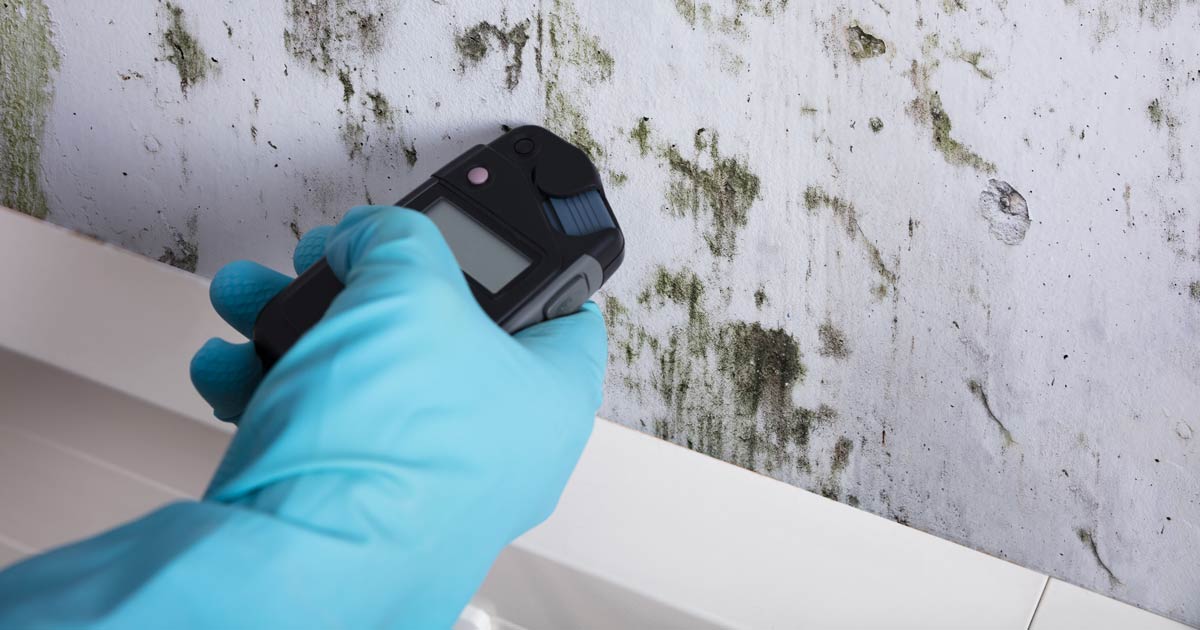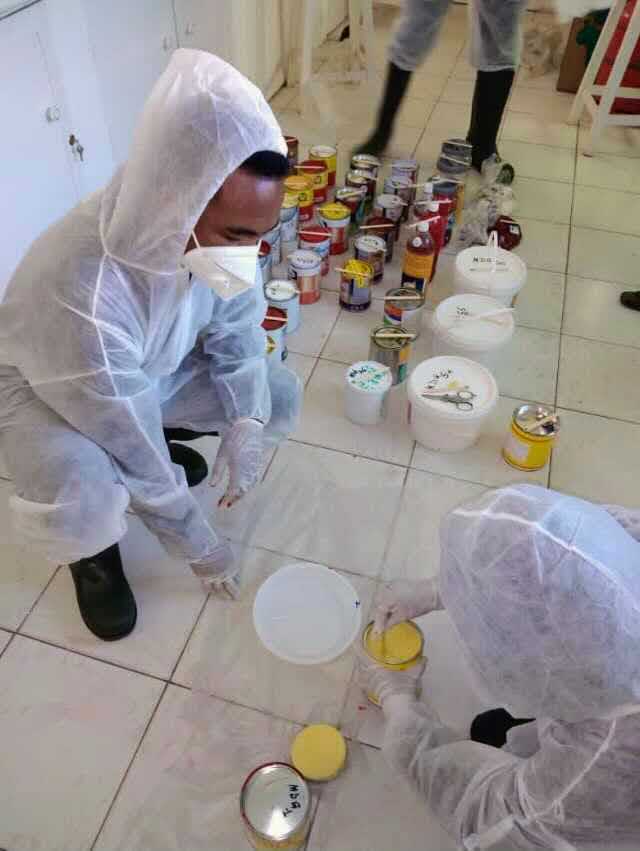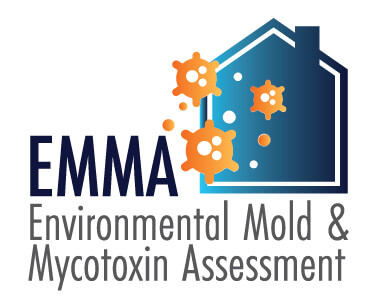The Necessity of Mycotoxin Checking in Agricultural Products to Make Certain Consumer Security
The requirement of mycotoxin screening in farming products is a critical facet of public wellness and safety that warrants comprehensive examination. Mycotoxins, toxic compounds produced by specific fungis, can infiltrate various crops, causing significant health threats for customers, such as carcinogenic effects and body organ damages. Regular mycotoxin screening not only determines and removes polluted items from the supply chain however also makes sure compliance with safety and security criteria and improves consumer count on. Comprehending the techniques and benefits of such testing is vital to completely value its importance in guarding our food supply.
Comprehending Mycotoxins
Mycotoxins, hazardous secondary metabolites produced by certain fungis, offer a significant risk to farming items and human health and wellness. These compounds are created by various types of mold and mildews, such as Aspergillus, Fusarium, and Penicillium, which can contaminate crops both pre- and post-harvest - Mycotoxin testing Services. One of the most common mycotoxins consist of aflatoxins, ochratoxin A, fumonisins, zearalenone, and deoxynivalenol (DON)
Mycotoxin contamination can take place under certain ecological conditions, such as high moisture and temperature level, which favor the development of mold and mildew. Agricultural products like cereals, nuts, spices, dried out fruits, and coffee are particularly vulnerable. The existence of mycotoxins in these commodities can lead to substantial financial losses as a result of lowered crop returns and the requirement for rigorous screening and decontamination procedures.
Recognizing the biochemical nature and formation of mycotoxins is necessary for creating efficient reduction methods. Research has actually revealed that mycotoxins exhibit a variety of chemical frameworks and homes, making discovery and removal challenging. Advanced analytical strategies, including chromatography and mass spectrometry, are utilized to determine and evaluate mycotoxins in agricultural products, making certain that contamination degrees remain within safe limits developed by regulative bodies.
Health And Wellness Risks of Mycotoxins
Given the substantial risks associated with mycotoxins in farming items, recognizing their impact on wellness is vital. Mycotoxins, toxic second metabolites created by fungis, posture extreme threats to both human and animal wellness. Chronic direct exposure, even at reduced levels, can bring about a range of damaging health results, consisting of teratogenicity, immunosuppression, and carcinogenicity. Aflatoxins, amongst one of the most infamous mycotoxins, are classified as Team 1 carcinogens by the International Agency for Research Study on Cancer Cells (IARC), mainly affecting the liver and raising the danger of hepatocellular cancer.
Acute mycotoxin poisoning, although much less usual, can cause instant and severe health issue such as liver damage, stomach disruptions, and hemorrhaging. Ochratoxin A, an additional powerful mycotoxin, is connected to kidney damage and has possible carcinogenic results. Fumonisins, primarily influencing maize, are associated with esophageal cancer and neural tube problems.

Common Sources of Contamination
Comprehending the common resources of contamination is vital for effectively handling and alleviating the threats positioned by mycotoxins. Mycotoxins are poisonous second metabolites produced by specific sorts of fungis, which can contaminate agricultural products at numerous stages of manufacturing, storage space, and processing. The primary resources of contamination include area conditions, post-harvest handling, and storage environments.
Area conditions play a significant role, with aspects like weather, crop susceptibility, and dirt health and wellness influencing fungal development. Crops such as corn, peanuts, wheat, and tree nuts are especially susceptible to mycotoxin-producing fungis like Aspergillus, Fusarium, and Penicillium types. Inadequate crop rotation and inadequate insect monitoring can aggravate the danger of contamination.
Post-harvest handling is another critical point where contamination can happen. Mechanical damage throughout harvesting and transport produces entry factors for fungis, while improper drying out methods can leave dampness degrees high enough to support fungal development.
Storage environments add significantly to contamination risks. Improperly maintained storage centers with high moisture and temperature degrees produce suitable problems for mycotoxin production. Normal inspections and appropriate storage problems are important in curbing this hazard.
Mycotoxin Evaluating Methods
Reliable administration of mycotoxin contamination hinges not only on identifying possible sources but also on carrying out durable testing methods to identify these unsafe substances. Mycotoxin testing approaches can be broadly classified right into immunochemical and chromatographic strategies.
On the other hand, enzyme-linked immunosorbent assay (ELISA) and side circulation assays project immunochemical approaches. ELISA, specifically, is commonly made use of due to its cost-effectiveness, ease of use, and quick turn-around time. Lateral flow assays supply quick, on-site testing capabilities, making them ideal for area applications where prompt decisions are needed.
Additionally, advancements in molecular biology have actually presented PCR-based techniques efficient in discovering mycotoxin-producing fungis at hereditary levels, offering a predictive approach to contamination risk. Integrating look at this site these diverse techniques enhances the dependability and comprehensiveness of mycotoxin discovery, ensuring that farming products satisfy safety standards and protecting customers from potential wellness dangers.
Benefits of Routine Checking

Normal mycotoxin screening provides substantial advantages that substantially bolster agricultural safety and security and top quality. Mycotoxins, hazardous compounds produced by specific fungis, can pollute food and present severe health risks, including cancer cells and intense poisoning.
In addition, consistent testing helps in keeping the stability check my reference and track record of agricultural producers. By rigorously regulating and keeping an eye on mycotoxin degrees, manufacturers can prevent legal consequences and costly recalls. This not just makes certain conformity with rigid global safety and security criteria yet additionally promotes customer trust and loyalty.

Conclusion
The requirement of mycotoxin testing in agricultural items is underscored by the substantial health threats postured by these harmful compounds. Making sure customer safety and security calls for the recognition and elimination of infected products from the supply chain. Normal testing not just reduces the danger of intense poisoning and chronic health and wellness problems but additionally supports compliance with safety and security requirements. It boosts the track record of manufacturers and cultivates trust fund within the farming supply chain, inevitably guarding public wellness.
The necessity of mycotoxin screening in farming items is a critical aspect of public health and safety that requires thorough exam. Mycotoxins, toxic substances produced by particular fungis, can infiltrate numerous plants, leading to significant wellness dangers for customers, such as cancer causing impacts and body organ damages.Mycotoxins, hazardous additional metabolites created by particular fungis, offer a significant danger to agricultural products and human health.Given the significant risks connected with mycotoxins in farming items, understanding their effect on wellness is extremely important (Mycotoxin testing Services).The requirement of mycotoxin screening in farming products is underscored by the significant health and wellness threats positioned by these poisonous compounds